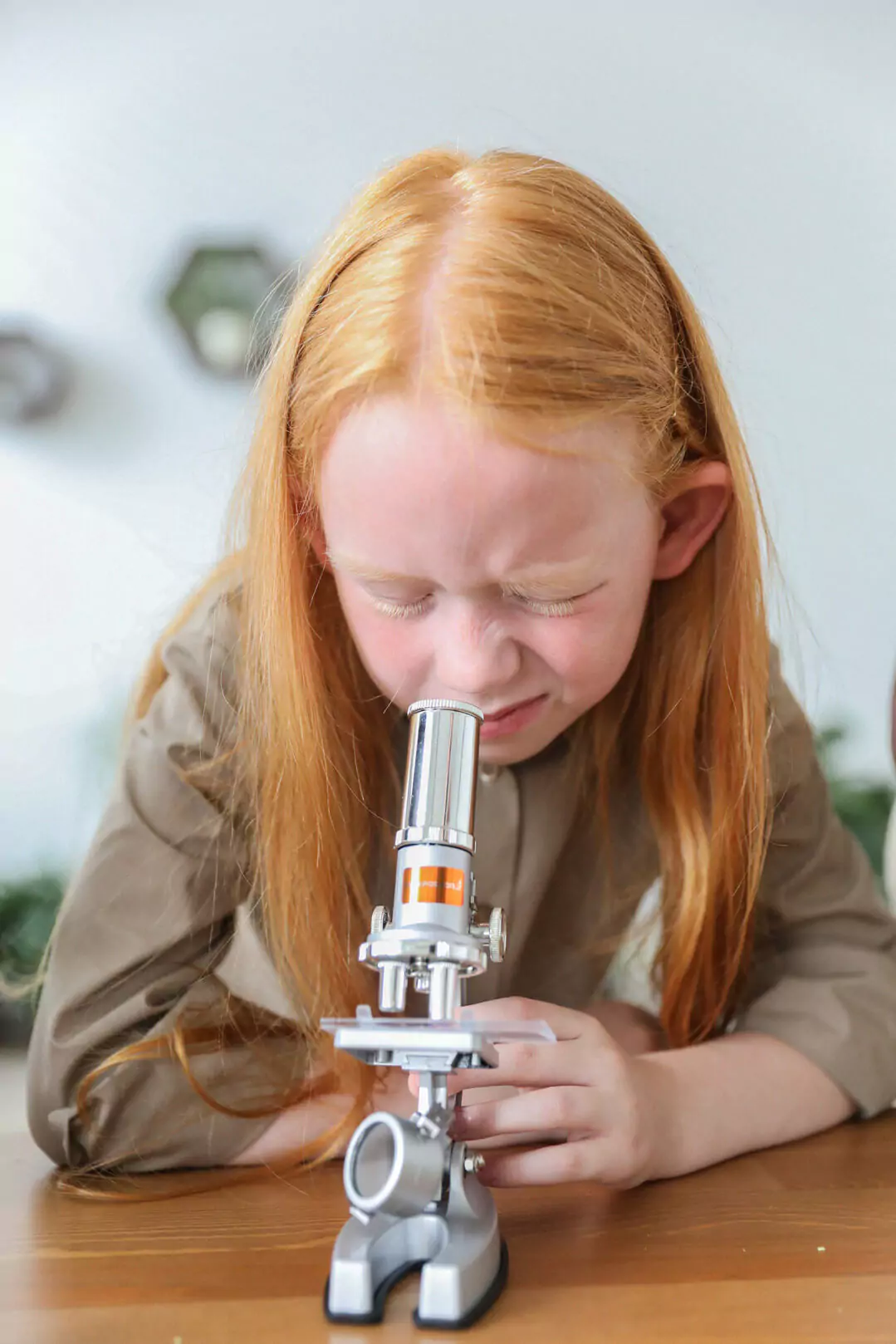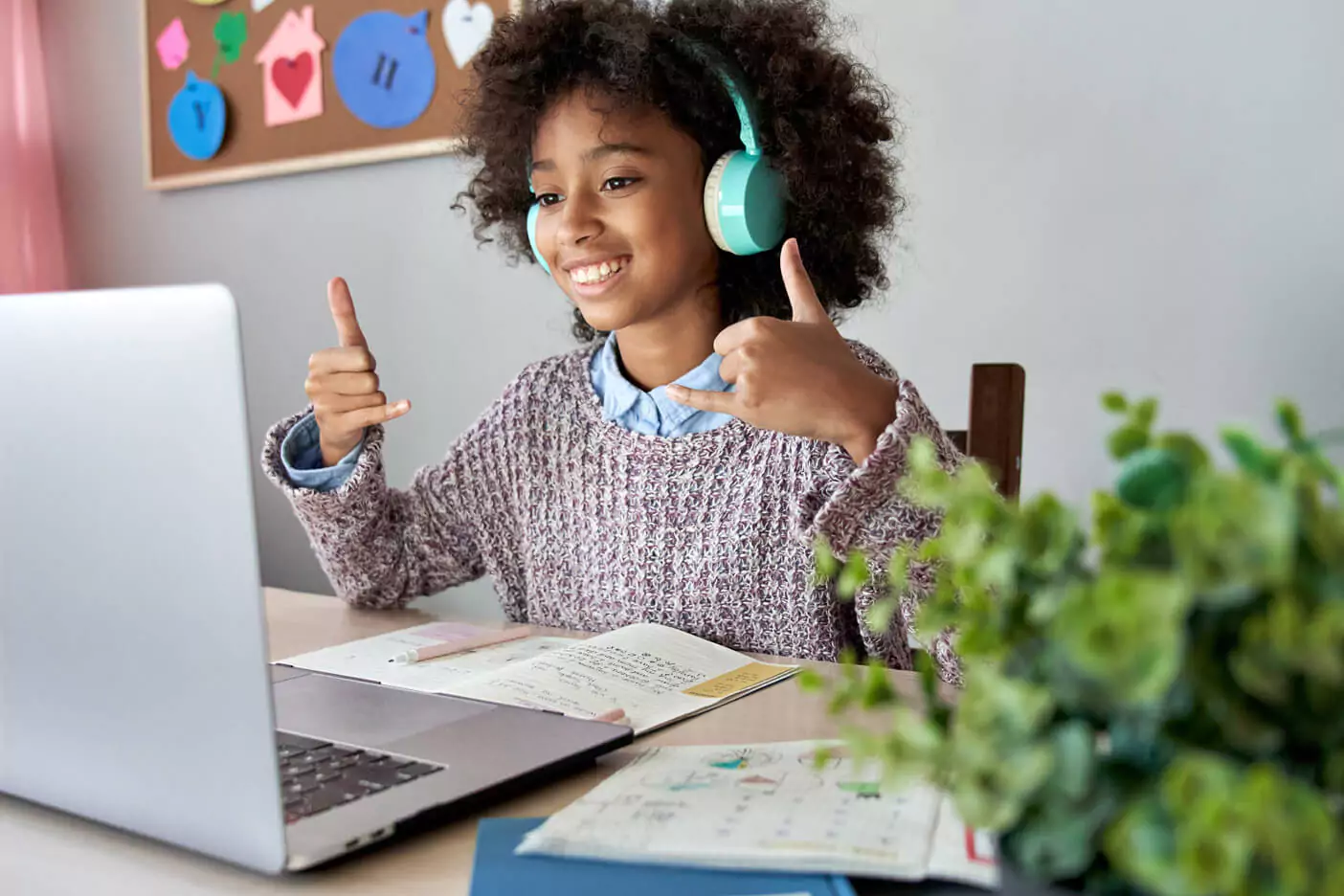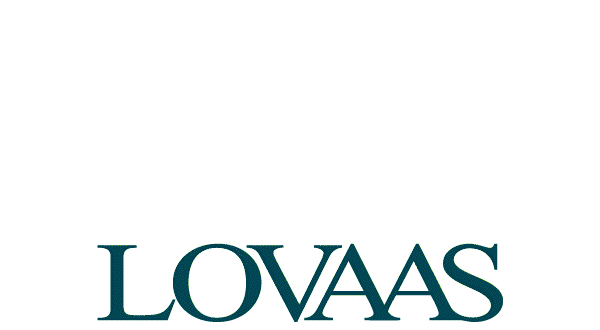Who is the Lovaas Model most suitable for?
The Lovaas Model is typically started with children between the ages of two and five. While treatment is always based on principles of applied behavior analysis, its implementation varies based on each child’s unique needs.
The Lovaas Model was created as a comprehensive, integrated program in which skills complement and build upon each other. The intervention progresses systematically through stages of learning and emphasizes individualization of curriculum based on each child’s strengths and needs.
Very Young Children
Young Children
Older Children
Very Young Children (Age 1-3)

An Interactive Play-based Approach
Children younger than three typically need additional time to adapt to the intensity of therapy. Treatment typically begins at 10-15 hours per week and can gradually increase to 35-40 hours per week by the age of three. Behavior technicians take advantage of opportunities occurring in the natural environment to teach a variety of skills.
For example, when a child demonstrates interest in a toy, the technician will prompt the child to request the toy by using an appropriate form of communication. In the beginning, technicians follow a child’s lead as much as possible. Redirection is used as a non-intrusive method to interrupt repetitive behaviors and guide children to participate in play and social activities. Technicians also build upon the child’s initiations, both non-verbal and verbal, no matter how small or subtle.
Once a positive learning environment is established for both the child and technician, more structured time is gradually included during therapy sessions. Structured time continues to emphasize effective reinforcers and motivating activities, but also allows for more challenging skills to be taught in a systematic manner.
Goals for very young learners often include: expansion of communication, social, and play skills, and development of other pivotal skills such as imitation and completing puzzles and other early tasks..
Young Children

A Comprehensive, Integrated Approach
Based upon the research conducted by Dr. Lovaas, intensity of treatment is a critical factor in a child’s progress. Therefore, most children between the ages of three and five receive one-to-one instruction for up to 40 hours per week. While the initial weeks of intervention may look similar to that of very young learners, structured time is typically increased more rapidly. We make the intensity of our program manageable for a child by dividing the day into sessions.
A session usually lasts about 2-4 hours, during which a number of play breaks are included. Typically, a child and technician work on a specific task for 2-5 minutes and then have a short break (1-2 minutes). Tasks may be practiced in a variety of settings including a structured table time, on the floor, around the house, and even outside. Longer breaks (10-20 minutes) occur every 1-2 hours. During that time, a child and technician might go outside, play a game, or have a snack. The breaks, both short and long, provide a child with time away from structured teaching, opportunities to initiate requests and play with the instructor, and allow for generalization of new skills to the child’s everyday environment.
The primary goal of the intervention is for children to learn to learn in the natural environment. Children progress through different phases of programming to accomplish this goal. Early programming emphasizes skills such as imitation, requesting, following simple instructions, and imitating sounds and words. Programming advances to teach early abstract concepts and responses to simple questions (initially one-word answers). Further programming emphasizes talking in complete sentences, learning skills more quickly, and beginning to seek out more elaborate interactions with others. Programming develops to a level in which skills are eventually taught in a less formal format, more typical of everyday life. Finally, programming evolves to facilitate two of the most important factors in school: learning in a group and making friends.
Older Children

Older Children
A Practical, Collaborative Approach
Ongoing research has indicated behavioral treatment is an effective intervention for children even in later years. While the intervention retains many of the characteristics applied to young children, some modifications are appropriate for older, school-aged children. For example, collaboration with educators and other professionals at school and in the community continues to increase. Treatment may include time for community outings so that skills can be taught or generalized in the setting in which they are meant to be used. Structured time may be increased to thirty-minute periods, similar to the amount of work time required at school. Treatment gains are often generalized to school through the use of a trained 1:1 aide.
Goals for older children often revolve around improving their quality of life. Important skills include: daily living activities, independent leisure time, functional communication, inclusion at school, participation in family life, community skills, and peer interactions.
Intensive ABA Services
Intensive ABA Services
Together, We’ve Got This
Make a Difference
Come Work With Us
Make a Difference
Come Work With Us
We are seeking motivated individuals committed to making a change in the lives of children with autism.
The Lovaas Approach
The Lovaas Approach
A Legacy of Science and Innovation

